AARP Hearing Center


Thirty-eight years ago, cardiologist Dean Ornish, M.D., made headlines with his claim that yoga and meditation, when combined with improvements in diet and exercise habits, could reverse heart disease.
Since then, research into the health benefits of yoga, especially its effect on adults 50-plus, has exploded.
Here, a brief guide to the benefits of yoga (and some poses you can do) in your 50s, 60s, 70s and beyond.
3 Reasons to Practice Yoga in Your 50s
1. Minimize hypertension
"Yoga has a powerful effect on stress and hypertension and can help people reduce the amount of medication they need," says Amy Wheeler, yoga professor at California State University at San Bernardino. In a review of 17 studies published in Evidence-Based Complementary and Alternative Medicine, researchers reported significant reductions in blood pressure for interventions incorporating three basic elements of yoga practice: postures, meditation, and breathing. Researchers speculate that the slow, controlled breathing inherent in yoga practice decreases nervous system activity, which helps manage blood pressure levels.
2. Strengthen bones
"People in their 50s often develop the beginning stages of osteoporosis and low bone density," notes Melinda Atkins, a yoga teacher in Miami. Studies consistently show that the weight-bearing activity of yoga helps slow bone thinning, reducing the risks of osteoporosis, particularly among postmenopausal women.
3. Keep excess pounds at bay
Yoga enhances concentration and determination in all aspects of life. Practicing it every day "improves willpower and shifts your focus toward wellness rather than instant gratification," says Larry Payne, yoga director at Loyola Marymount University in Los Angeles. In a 2014 study out of India, published in BMC Complementary and Alternative Medicine, researchers reported that people with diabetes who did yoga 3-6 days per week for 8 weeks, shed more pounds and inches than those who walked for the same time period.
2 Poses for Your 50s

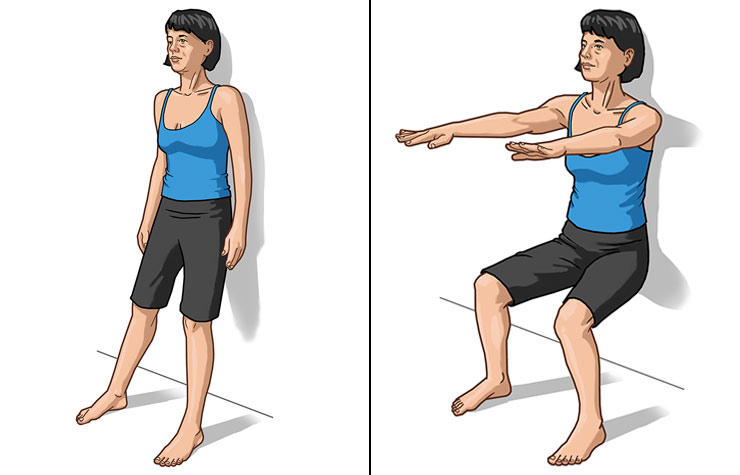
CHAIR POSE: Stand with your back against a wall, feet hip-width apart. Bend your knees and slide your back down the wall until your thighs are parallel to the floor, as if you were sitting on a chair. Gently pull in your belly button and hold out your arms in front of you.

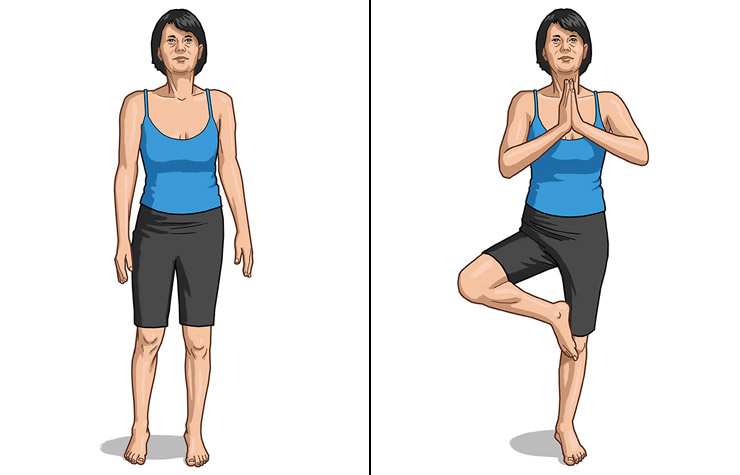
TREE POSE: Stand tall and balance your weight on your left leg. Bring the sole of your right foot as high up your left leg as you can, holding your hands as if in prayer. Hold for 30 seconds, then switch sides.


































































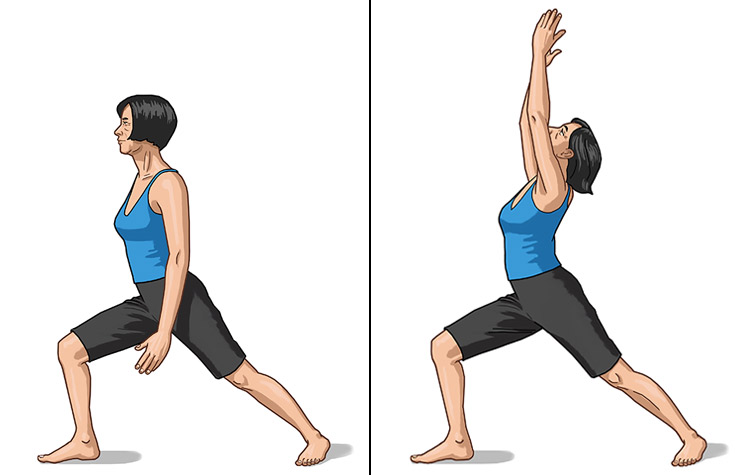

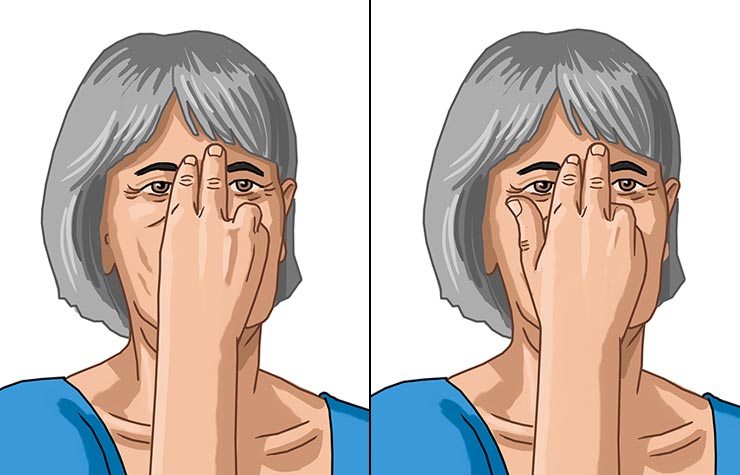
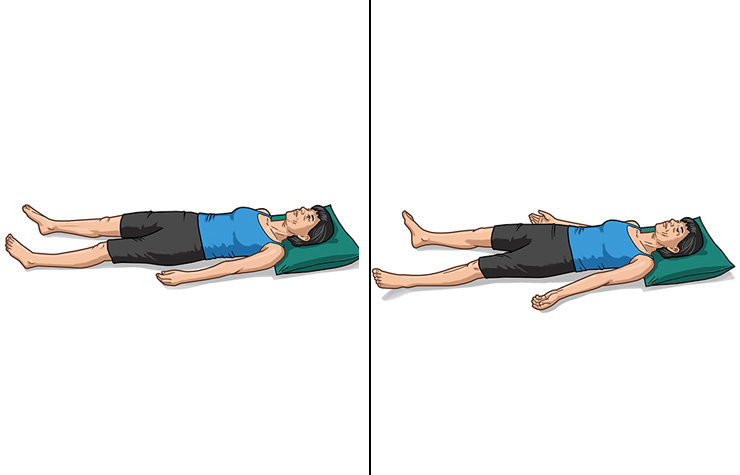
More on Health
Medicare Part B Premium Will Drop in 2023
The annual Part B deductible that beneficiaries must meet is also decreasing next year
8 Warning Signs of a 'Silent' Heart Attack That Are Easy to Overlook
Symptoms can be subtle, but that doesn't mean they're any less dangerous
9 Ways to Fight Germs and Other Health Hazards on a Plane
Experts explain where the danger zones are and how to avoid getting sick when you fly